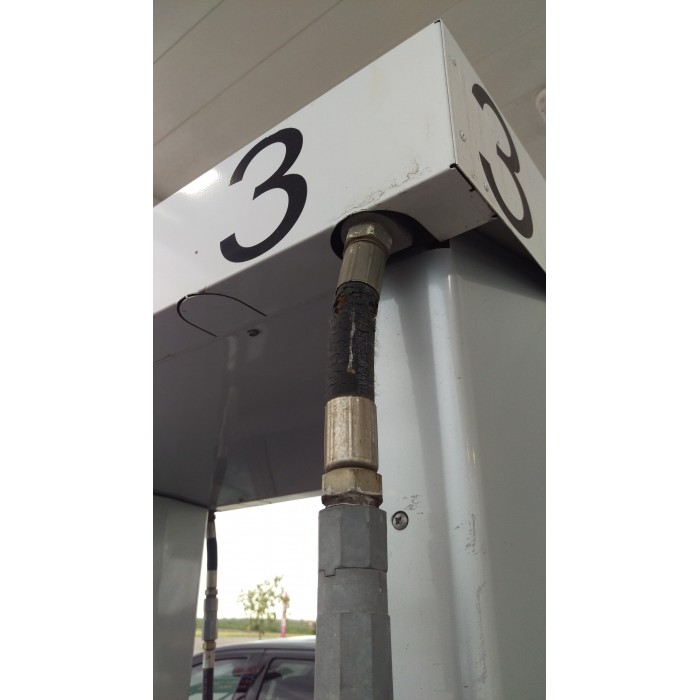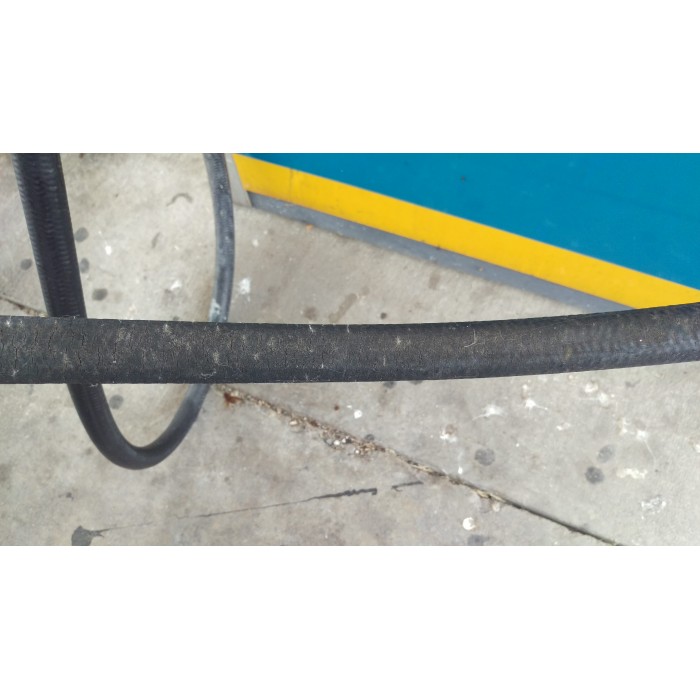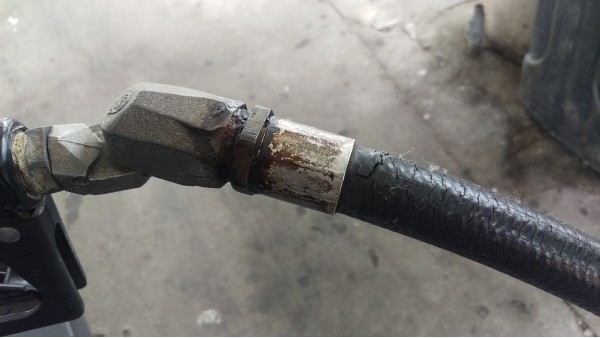This 10-second activity can keep your customers coming back
Mar 3rd 2019
A leaking hose may damage customer relations, hurt “curbside appeal” and result in expensive environmental cleanup. To keep your customers happy, and to protect your assets, you should identify and correct hose problems before any customer notices.
Hoses take a significant amount of abuse from customers: being run-over, twisted, kinked, and stretched beyond their normal limits. Hoses also deteriorate with time. Cracks form from exposure to the elements. Damage may occur when a hose is run-over, or when the hose has a severe bend in it where the hose comes out of the dispenser. If a hose, swivel, nozzle or breakaway is leaking, unsightly staining may occur. Leaks not only cause equipment or surface staining, they also may result in subsurface contamination.
Leaking hoses can cost you customers. The same customers that may damage a hose may also be the ones who refuse to touch it if it is or has been leaking. This may become very evident if you have customers that fuel tanks on both sides of the vehicle without turning the vehicle around. The hose may be stretched and twisted over, under or through the vehicle. One leaking hose and you may never see that customer again. So what should you do?
Daily inspections are the solution. There are signs that a hose is going bad. Train your employees to know how to inspect hoses. Cracks may become visible. Staining on the hose or hardware, or on the drive surface or island usually occurs when there is a leak. Hose returns may stop working. The hose may feel wet. Wiping down hoses each day (takes about 10 seconds per hose) will give you an up-close visual inspection and confirmation if the hose is leaking. You will immediately know if swivels and returns are working properly and if breakaways and nozzles are in place and dry. While wiping down the hoses, you can also make sure there is no obvious staining near each dispenser. Keep hoses out of traffic. Hose returns will keep the hose out of traffic areas if they are operational. Train employees so they know how and when to replace a hose.
If the daily inspection identifies a potential problem, address it immediately. A wet hose isn’t always a big problem. A hose replacement is not always necessary. The source of the leak might be a swivel or nozzle. Regardless of the solution, a hose replacement or repair is much less expensive than losing customers or paying for a cleanup.
Maintaining hoses keeps the site looking neat, avoids environmental contamination and keeps the fuel off your customers. Checking hoses daily is an easy, cost-effective maintenance solution. Keep a couple extra swivels, nozzles, and hoses on site. They don’t take up much storage space, are relatively easy to replace and will help you to respond to a potential problem before a customer makes a complaint or worse yet, decides to fill elsewhere where the hoses don’t leak. Fix the problem before it becomes a liability.



